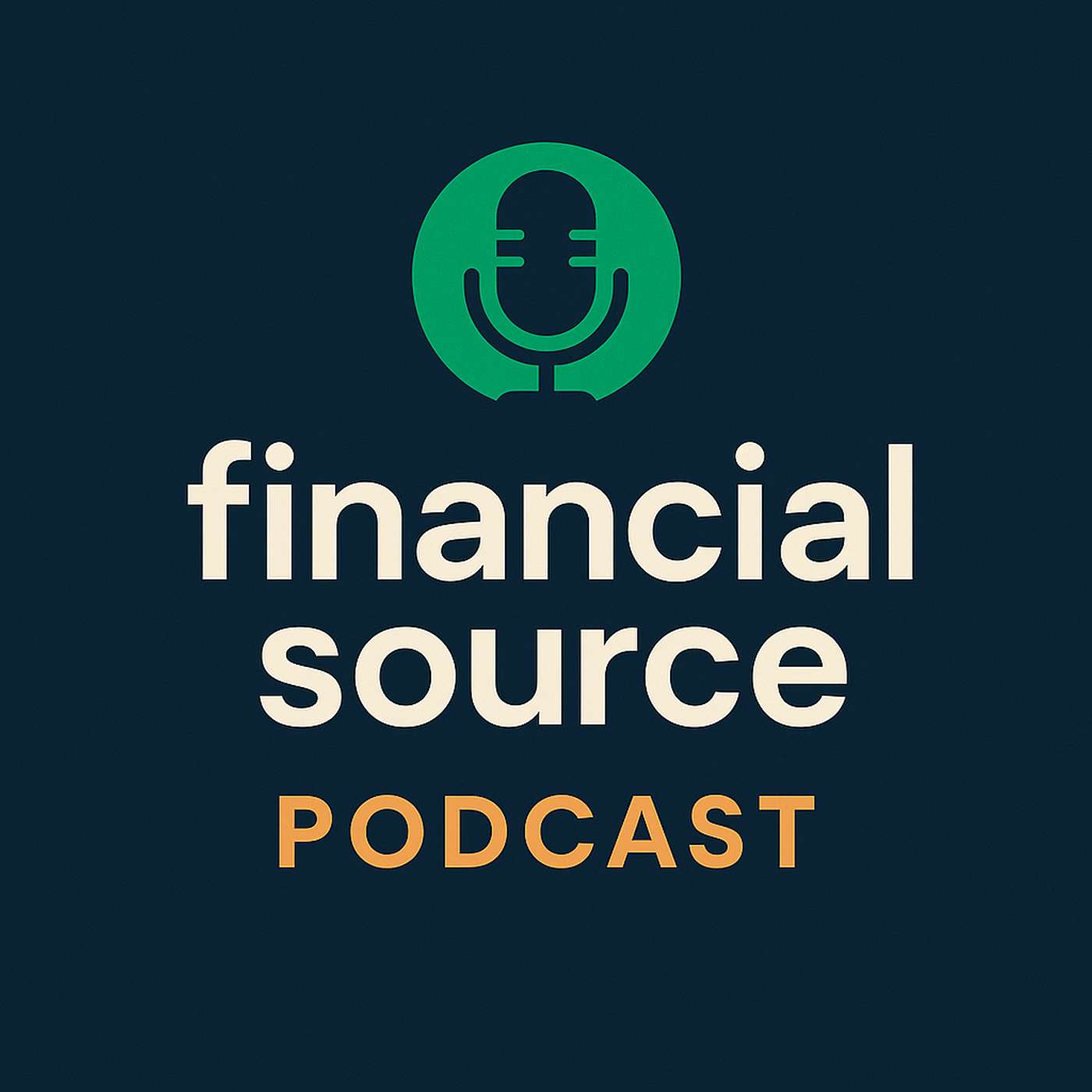Listen "Inside the Market Turnaround: From Fiscal Relief to a Global Risk Revival: US Session Update, November 10th"
Episode Synopsis
This episode dissects the fast-changing landscape of global risk sentiment as markets pivot sharply from caution to optimism. The discussion explores how a confluence of U.S. fiscal stability, U.S.–China trade de-escalation, and surprising moves in commodities have reawakened growth-sensitive assets. Listeners are taken inside a detailed breakdown of how renewed political calm, shifting inflation signals, and central bank recalibration are collectively reshaping investor behavior worldwide.00:03 — Introduction to Financial Source Podcast: The hosts set the stage by outlining the podcast’s mission — delivering macroeconomic education and live market sentiment analysis during key trading sessions. This opening establishes the context for understanding how current events drive intraday volatility across major assets. It also previews the episode’s core theme: how a sudden sentiment flip is transforming risk appetite.00:33 — Market Sentiment Shift: A strong rebound in risk assets has taken hold, pushing high-beta currencies and commodities higher while safe-haven plays like the Japanese yen and U.S. dollar retreat. The hosts discuss how improved policy visibility and a relief rally are powering this rotation. They note that the shift is not merely technical — it’s rooted in genuine macro developments that have reduced near-term uncertainty and reignited appetite for growth exposure.00:57 — Impact of U.S. Government Stability: Signs of progress toward avoiding a U.S. government shutdown have removed a critical source of market anxiety. Combined with constructive domestic data out of China, these developments signal improving global demand expectations. The hosts emphasize that the easing of fiscal tensions adds oxygen to risk-taking behavior and helps clarify the policy backdrop for December’s key central bank meetings.01:33 — U.S.–China Trade Developments: The conversation dives into the rapid thawing in U.S.–China trade relations, highlighting Washington’s suspension of Section 301 tariffs and Beijing’s reciprocal pauses on export controls. These gestures, though temporary, mark a meaningful de-escalation that markets interpret as a tactical truce. The hosts explain how such cooperation — even if driven by short-term motives — boosts confidence across commodities, the Australian dollar, and broader Asia-linked assets.03:58 — Policy Changes and Market Reactions: Detailed analysis follows on the economic diplomacy between Washington and Beijing, including paused tariffs on critical materials and exemptions in technology exports. The hosts argue that this reflects a deliberate effort to preserve global supply chain stability through 2026. Broader cooperation — from FBI engagement in China to renewed regional trade deals involving India and Australia — underscores a shift toward pragmatic, stability-first policymaking across the Indo-Pacific.06:40 — Commodities Market Response: Improved sentiment and fiscal clarity spill over into the commodity complex. Crude oil prices tick higher amid reduced shutdown risk, even as geopolitical tensions in Eastern Europe persist. The discussion explores how OPEC+ pricing strategies, regional exemptions, and evolving demand signals are balancing the market. The takeaway: commodities are entering a more nuanced phase, where macro calm meets geopolitical fragility.07:35 — Gold’s Unexpected Performance: Gold defies traditional risk-on logic by extending gains above $4,050 per ounce. The hosts unpack this counterintuitive move, suggesting that gold’s strength reflects deeper structural concerns about inflation control and systemic risk. The metal is repositioning itself less as a short-term hedge and more as a long-term shield against policy uncertainty and monetary complacency — a shift with major implications for asset allocation strategies.08:49 — Equity Market Trends: Global equities, led by the Nasdaq, rally on fading fiscal risk and a renewed hunt for yield. The conversation explains how investor psychology has pivoted — from defensive positioning to reengaging with growth sectors. The rally is framed as a relief move grounded in policy clarity, not exuberance, with a note of caution about how quickly sentiment could reverse if new risks emerge.09:04 — Federal Reserve’s Upcoming Decisions: Attention turns to monetary policy as the fiscal fog clears. The hosts preview the coming slate of Federal Reserve speakers, focusing on how their tone might evolve in response to stabilizing conditions and lingering inflationary pressures. Discussion centers on the balance between “higher for longer” rhetoric and emerging concerns around financial stability, AI-driven systemic risk, and shifting global monetary dynamics. The Bank of Japan’s steady tone is noted as further fuel for the global risk rebound.10:26 — Conclusion and Future Outlook: The episode concludes by tying together the macro threads — U.S. fiscal relief, U.S.–China trade progress, and firmer Chinese data — all pointing to a short-term “risk-on” phase. Yet, the hosts caution that this equilibrium is tactical, not structural. They flag upcoming policy follow-through in Washington and Beijing, as well as any dovish hints from the Fed, as decisive for sustaining momentum. The closing thought invites listeners to stay alert as attention soon pivots toward long-term challenges such as AI regulation, cyber risks, and systemic resilience.For more macro insight and real-time analysis, follow and subscribe to the Financial Source Podcast — your guide to understanding what truly moves the markets.
 ZARZA We are Zarza, the prestigious firm behind major projects in information technology.
ZARZA We are Zarza, the prestigious firm behind major projects in information technology.
